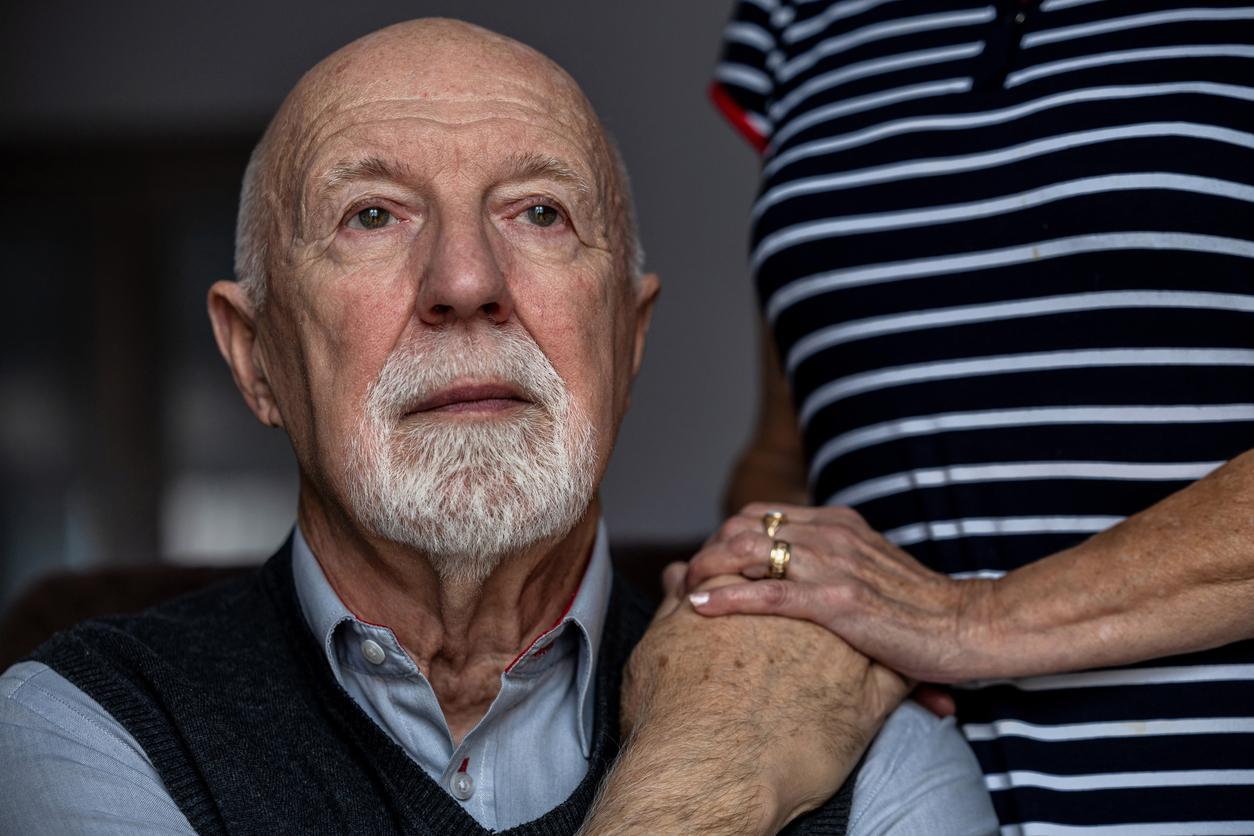
This is a new technique which is proving revolutionary in certain cases of severe asthma. On this World Asthma Day, we take stock of bronchial thermoplasty.
In children, it is the most common chronic disease. This pathology concerns nearly 4 million French people and affects about 6% of the adult population. Medicines to control asthma do not provide a definitive cure. They make breathing easier by increasing the opening of the bronchi (bronchodilation) and reducing inflammation. In some cases of severe asthma, symptoms are difficult to control with conventional drug treatments, that is, these options cannot relieve uncontrolled asthma. According to the AstraZeneca laboratory (through their information site: https://asthmezero.fr/ ), 5-10% of patients suffer from severe asthma.
But in recent years, the situation has been different thanks to bronchial thermoplasty. A real revolution in the treatment of asthma, this is a technique that uses heat to destroy the lining of the bronchi. Since 2016, the High Authority for Health (HAS) has recommended bronchial thermoplasty. The latter has been reimbursed since July 14, 2018.
Efficiency spread over ten years
Bronchial thermoplasty is only for adults with uncontrolled or severe asthma in whom normal treatments have failed. Used for many years in North America, bronchial thermoplasty involves heating the inside of the bronchi to a heat of around 65 ° C, using a radiofrequency probe inserted through a catheter. The medical operation is divided into three successive sessions. Each intervention lasts an average of one hour and is performed under general anesthesia. The goal is to reduce the volume of muscles to enlarge the diameter of the bronchus. Thermoplasty aims to reduce this hypertrophy by 50 or even 70% in order to increase the volume of circulating air.
According to a study published on January 29 in the journal The Lancet Respiratory Medicine, the effectiveness of thermoplasty lasts at least 10 years after the operation. To achieve these results, the researchers followed around 100 patients through 16 centers around the world (Canada, Netherlands, Brazil, United Kingdom, United States). The evaluation of quality of life and spirometry (lung capacity, that is to say the speed at which the patient is able to breathe) have undergone significant changes over the years. The researchers also note that patients under 40 (76%) are more inclined to treatment and more receptive than those over 40 (61%).

















